
MENUMENU
TALK TO AN EXPERT
Special Hours: 7AM – 6PM PST
TALK TO AN EXPERT
Special Hours: 7AM – 6PM PST
Harnessing the power of the sun is a smart business decision for industrial facilities. Industrial solar systems provide a reliable, renewable energy source that can significantly reduce energy costs and carbon emissions. However, it takes careful planning and execution to design, install, and maintain these large-scale systems.
In this guide, we explore the key considerations and best practices for industrial solar projects. Specifically, we’ll walk you through the system components and how to optimize performance through proper installation and ongoing maintenance. You can then maximize the benefits of your solar investment and contribute to a more sustainable energy future.
Industrial solar systems are large-scale photovoltaic (PV) installations that use sunlight to generate electricity for commercial and industrial use. The key components include solar panels, inverters, and mounting structures.
Sunlight strikes the solar panels, exciting electrons within the semiconductor materials. This generates an electrical current that flows through the system. As solar panels absorb sunlight, they convert it into direct current (DC) electricity. Inverters then transform the DC into alternating current (AC) that can power industrial facilities. Advanced monitoring and control systems boost the system’s performance.

Industrial solar installations range from rooftop arrays to ground-mounted solar farms, often elevated off the ground. Mounting structures hold the solar panels in position. Tracking systems then orient the panels to follow the sun’s movement to generate the most energy possible.
Industrial solar is a reliable and sustainable way to power manufacturing, warehousing, and other commercial operations. By reducing reliance on fossil fuels, industrial solar systems also lower energy costs and carbon emissions.
Careful design planning ensures you maximize the output of your industrial solar system. Even small aspects can have a significant impact on the power yield and how well the system captures and converts energy. All these factors can affect your return on investment (ROI). Consider the following as you design the solar system.
When designing an industrial solar system, the location and orientation of the solar panels are crucial factors. The system will function best in areas with ample sunshine. Avoid any obstructions that could block sunlight and ensure the installation surface is angled to maximize the sun’s rays.
For commercial buildings, the roof’s incline plays a significant role. The roof’s structural integrity must be able to properly support the solar equipment, whether it’s a ballasted racking system or another setup. The roofing materials and solar racking must also be compatible to prevent issues like abrasion or corrosion over the system’s 20-plus-year lifespan.
The type of PV system you select will depend on your energy needs. If the system is partially separated from the main grid, it will only need to provide supplemental power. But if the building is completely off-grid, the solar array must be robust enough to supply all the necessary electricity. Choosing the right system capacity is essential.
It’s vital to work with an experienced, certified solar provider. Look for high-quality equipment, comprehensive warranties, and professional installation services. Contractors can also advise on permits and ensure the property meets all needs for a successful solar deployment. Top contractors use the latest technologies to maximize the system’s efficiency and longevity.
For optimal performance, bifacial solar panels are an excellent choice. These panels generate power from both the front and rear sides. They can then capture more of the available sunlight, especially when paired with a reflective roof surface. This helps offset the efficiency losses that can occur as the panels heat up.
Industrial solar panels installation involves several key steps:
Consider the following factors before and during installation:

In addition, consider these questions for rooftop installations:
For ground-mounted installations, ask the following:
After the installation of an industrial solar system, establish a comprehensive maintenance and monitoring program. Doing so will ensure long-term efficiency and reliability.
For instance, conduct regular inspections to check for any physical damage, loose connections, or degradation of the solar system components. Clean the panels periodically to remove dust, debris, and bird droppings. This can significantly improve energy production.
Use the system’s data logging capabilities to monitor performance and track key metrics such as energy output, system efficiency, and any anomalies. Analyzing this data can uncover issues early for preventative maintenance. If you detect problems such as underperforming panels or inverter failures, get qualified technicians to address them promptly. This will minimize downtime and maximize the system’s lifespan.
When you diligently maintain and monitor the system, you’ll make the most of your investment. You’ll also realize the full benefits of a renewable energy infrastructure.
An industrial solar installation is a dependable way to power your operations, reduce energy costs, and lower your carbon footprint. With the right equipment, expertise, and ongoing maintenance, your solar system will generate clean energy for decades.
As you explore solar for your industrial facility, consult experienced professionals who can guide you through the process. Doing so will ensure your solar power infrastructure is set up for long-term success.
Battle Born Batteries offers reliable, self-sustaining solar power solutions for remote industrial applications. Our specialized systems include pole-mounted, ground-mounted, DC-coupled, and AC-coupled units. They’re engineered to withstand challenging environments and diverse climates and deliver uninterrupted power. As a result, they cater to the needs of a wide range of industries.
Our systems can power essential equipment, such as SCADA systems, smart meters, outdoor lighting, RVs, water management systems, and site security devices. In addition, our turnkey solutions feature premium UL-listed LiFePO4 battery packs, solar panels, and system components for optimal performance and reliability.
Reach out today to bring the benefits of industrial solar to your business.
Shop Best Sellers
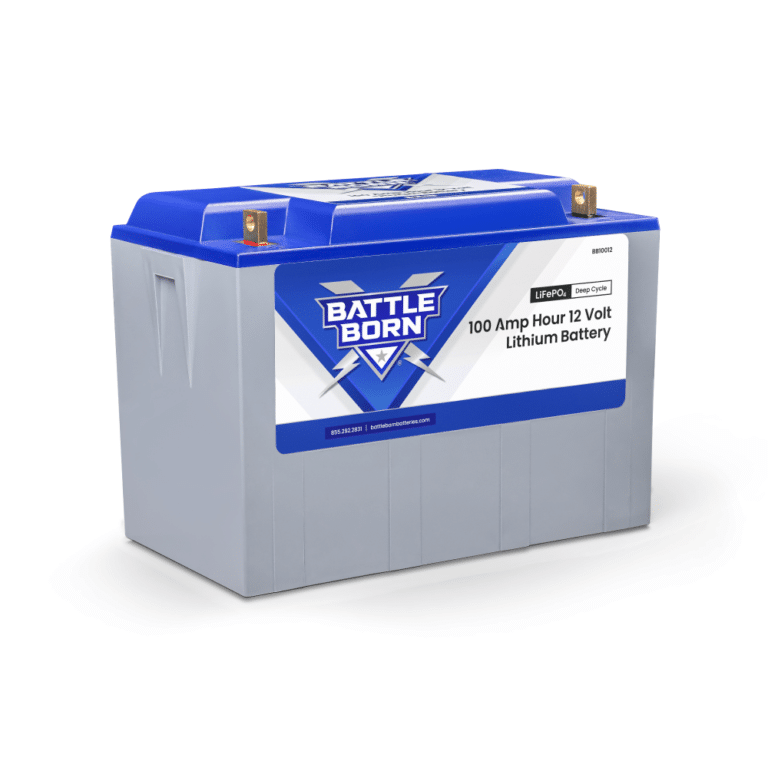
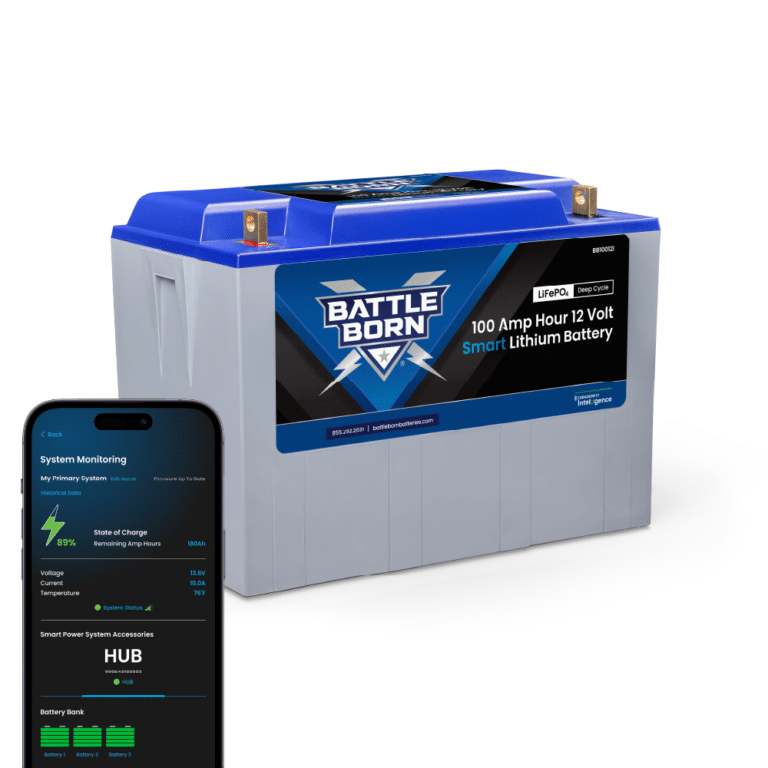
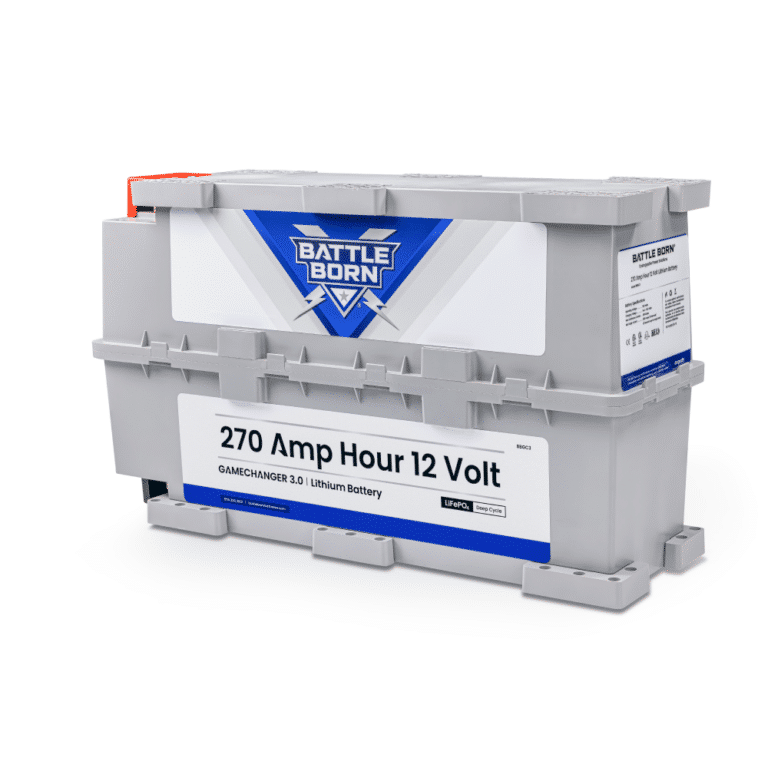
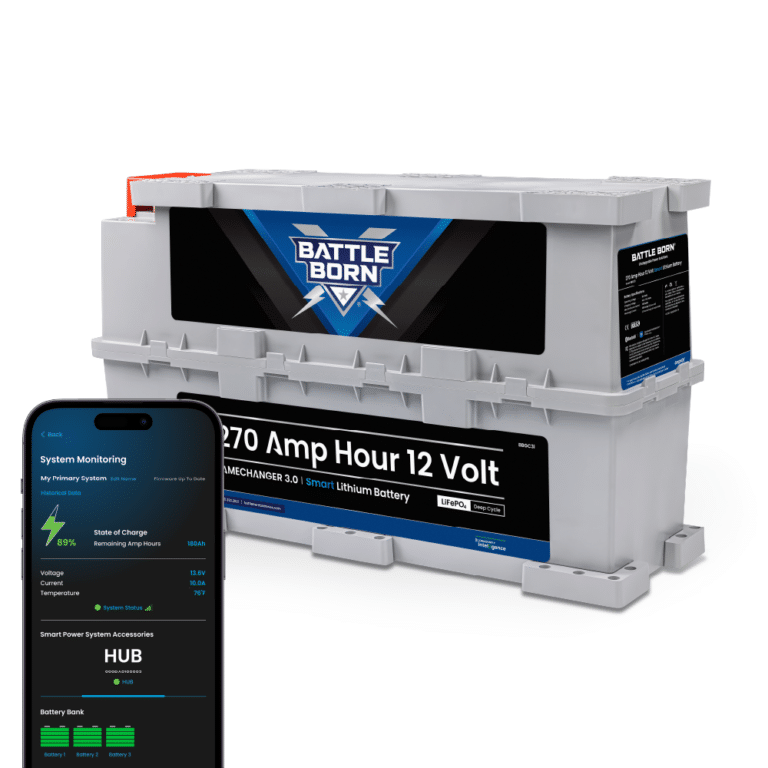
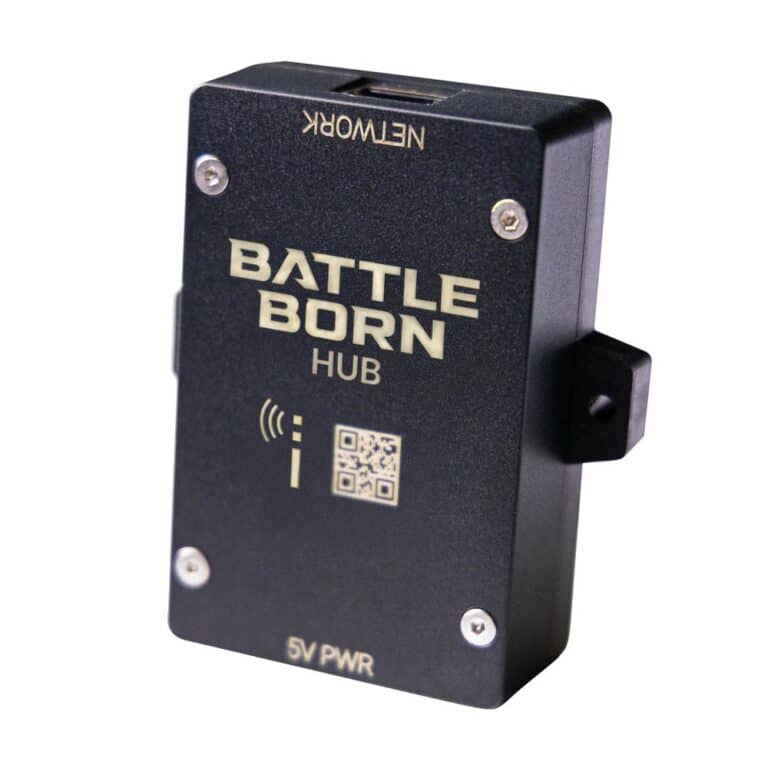
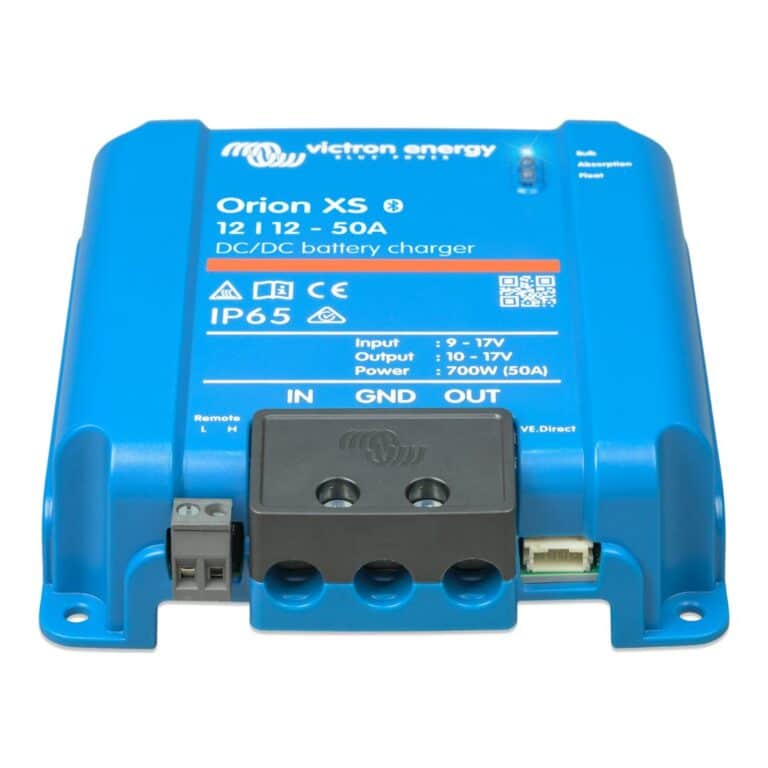
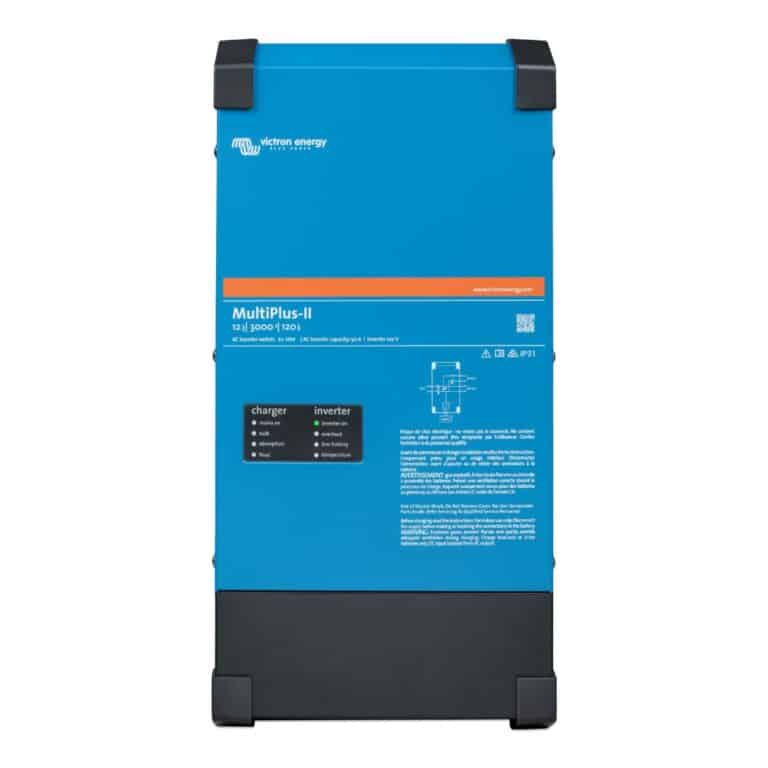

Ask a technical specialist now at 855.292.2831
Stay in the Know